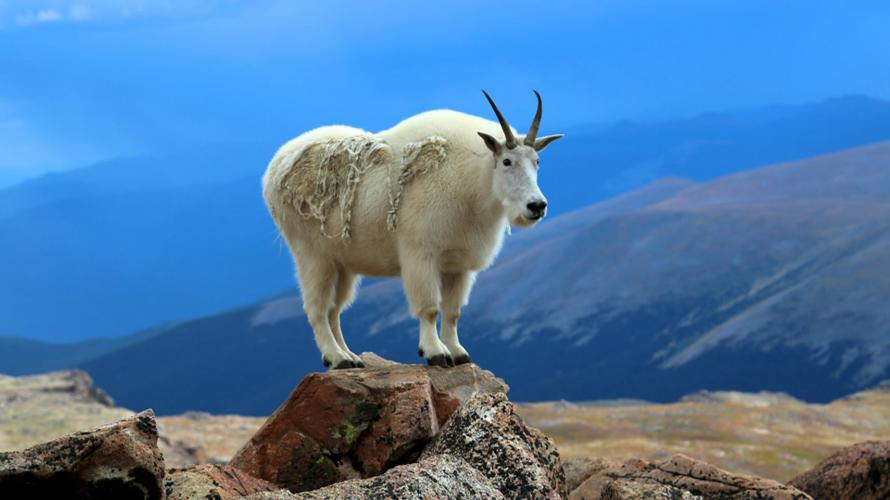
Watching Wildlife
~Visit Mt
Montana has a greater variety of wildlife than anywhere in the lower 48. It's easy to spot a bison on the road near Yellowstone National Park or a mountain goat on a hike in Glacier National Park. Between the parks fauna is just as abundant. No matter how cute, cuddly or harmless they make look, it's essential to rem
TAKE A MAP & FIELD GUIDE
A map will show you the accessibility of the area and the available services. You can find maps with the Forest Service, the Bureau of Land Management, or even a state highway map. Look for wildlife refuges or land set aside for wildlife preservation. Guidebooks can help you identify species, habitat and tracks. Local bookstores and gift shops are usually well stocked with options.
ember that wild animals in their natural habitat are not pets. Disrupting their natural order can be disastrous for the animals and for you. Being prepared is essential for a safe and rewarding viewing experience and these guidelines and tips are great starting points.
KNOW WHEN ANIMALS ARE MOST ACTIVE
The best times of day for most wildlife viewing are dawn and dusk, so plan to get up early or going to bed late if you want to catch the best viewing opportunities. Seasonal changes also affect animal behavior; some species are more active at certain times of the year. For example, fall migration is the best time to watch waterfowl and spring for snow geese.
BRING BINOCULARS & BEAR SPRAY
Certainly everyone knows that bears, mountain lions and other large animals can pose dangers. But keep in mind that any wildlife can be dangerous—even animals as seemingly harmless as deer can injure if provoked. Most animals react with alarm when approached by humans on foot or in any type of vehicle. Depending on the situation, an animal may stand its ground, flee or attack. What's the best way to avoid injury? Keep your distance and enjoy with the help of binoculars. When enjoying the outdoors in bear country always carry bear spray.
LEAVE NO TRACE
This means just what it sounds like: respect wildlife and their habitat by not leaving behind your empty soda cans and potato chip bags. If you see trash left behind by someone else, pick it up. Wherever you camp or picnic, leave the spot in better condition than you found it. Camp in designated areas only. Use pre-existing campfire rings. Do not start chopping at live trees and vegetation for your campfire. Instead, use only dead wood from fallen timber on the ground.
TREAD LIGHTLY & NO HANDOUTS
Stay on designated roads and trails to minimize the impact of vehicle and foot traffic. In delicate ecosystems of Montana, there really is a fragile balance. Traffic (whether by foot or vehicle) can create ruts and trails where they didn't exist before. These ruts can lead to erosion, loss of plant life, habitat and so on. While it may be tempting, keep your food to yourself. That sandwich may taste great to you, but it can harm the digestive systems of wild animals and convince them to look for handouts from other people. Such actions can cause habituation. Animals get used to human food and human contact, which in turn can lead to aggression. No one wants to see chipmunks getting aggressive. Or bears.
